Find Help
More Items From Ergsy search
-

What is bronchiolitis in children? The symptoms, warning signs and when to seek medical help
Relevance: 100%
-
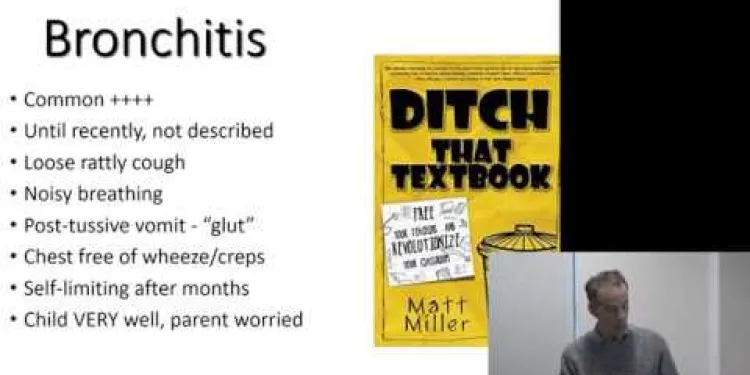
Bronchiolitis and chest infections in young children - Prof Steve Turner
Relevance: 57%
-
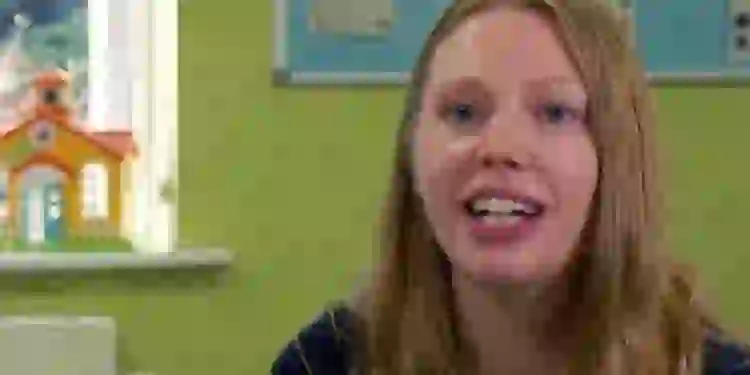
Bronchiolitis Advice
Relevance: 57%
-
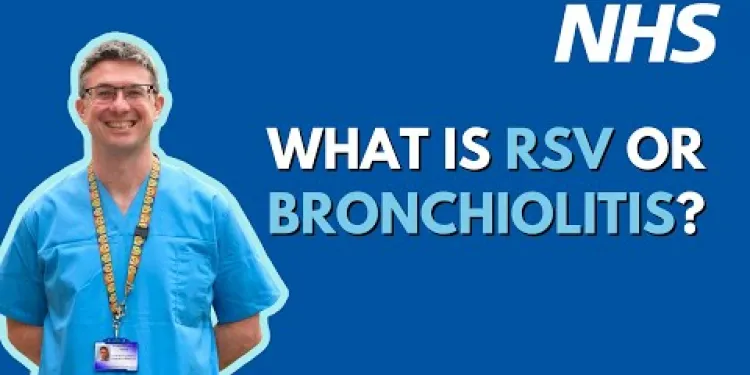
What is RSV (Respiratory Syncytial Virus) or bronchiolitis? UHL NHS Trust
Relevance: 45%
-
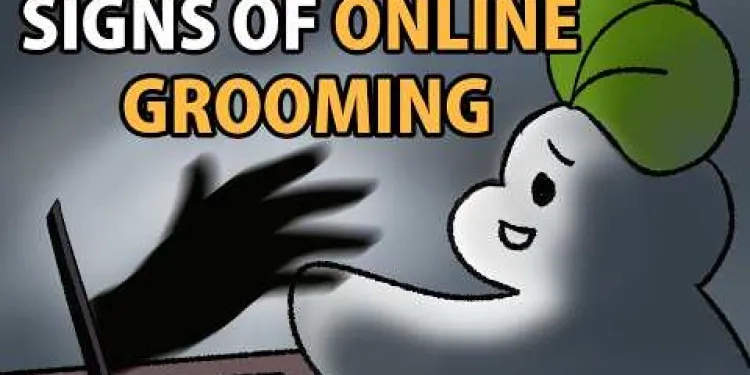
5 Warning Signs of Online Grooming
Relevance: 41%
-
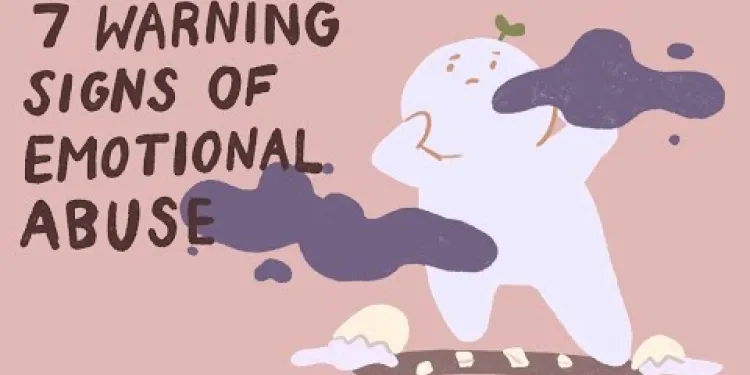
7 Warning Signs of Emotional Abuse
Relevance: 39%
-
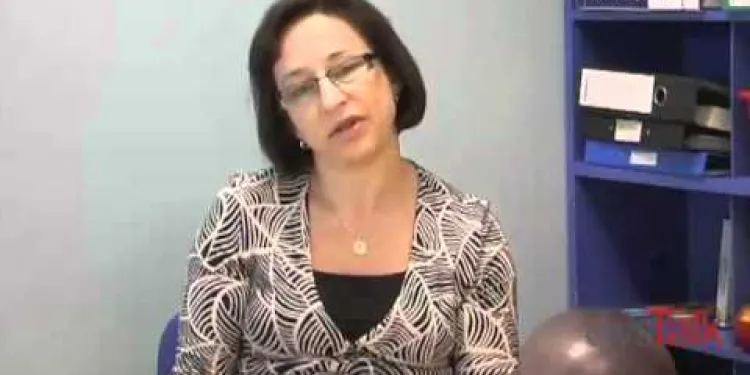
Dyspraxia Symptoms & Signs
Relevance: 36%
-

What are the warning signs of a potential director dispute?
Relevance: 35%
-
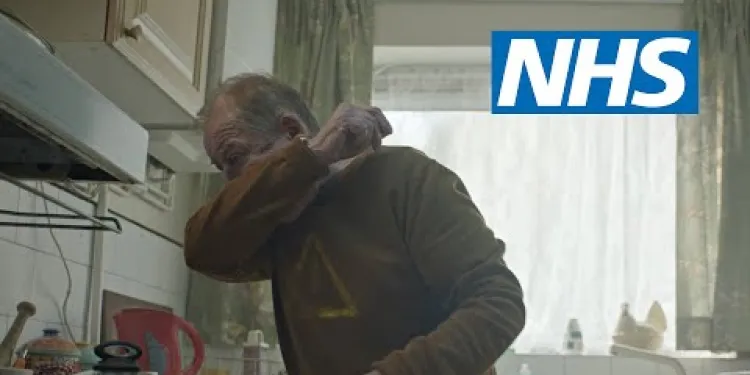
Had a cough for three weeks or more? It could be a warning sign | NHS
Relevance: 34%
-
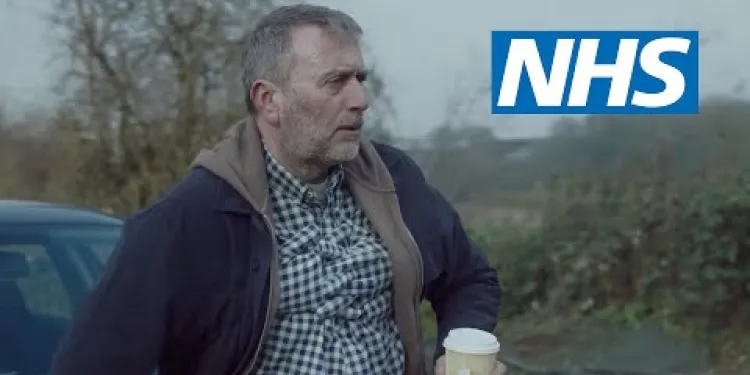
Heart Attack Symptoms - Help Us Help You | NHS
Relevance: 34%
-
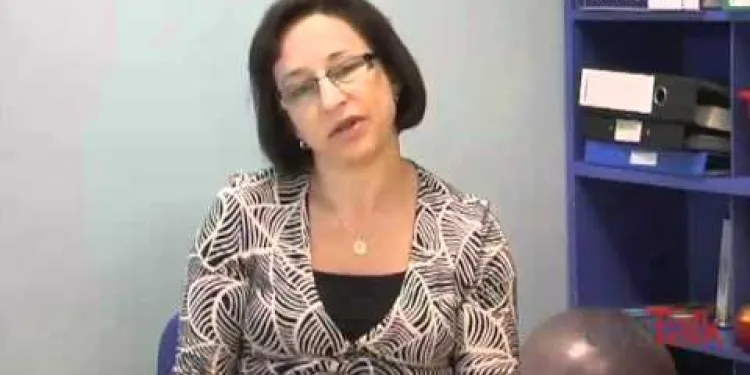
Dyspraxia Symptoms & Signs
Relevance: 34%
-
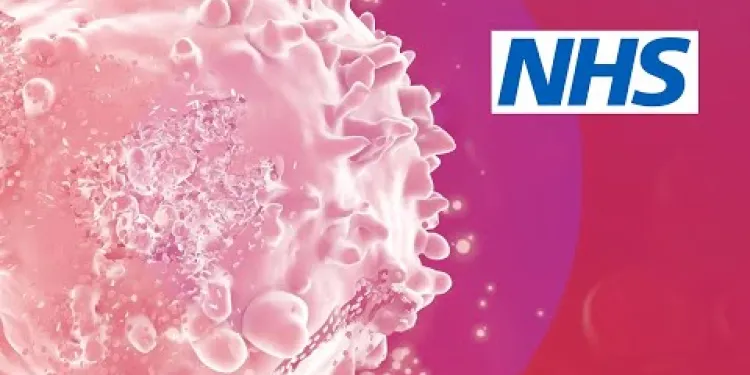
Leukaemia: What are the signs and symptoms? | NHS
Relevance: 33%
-
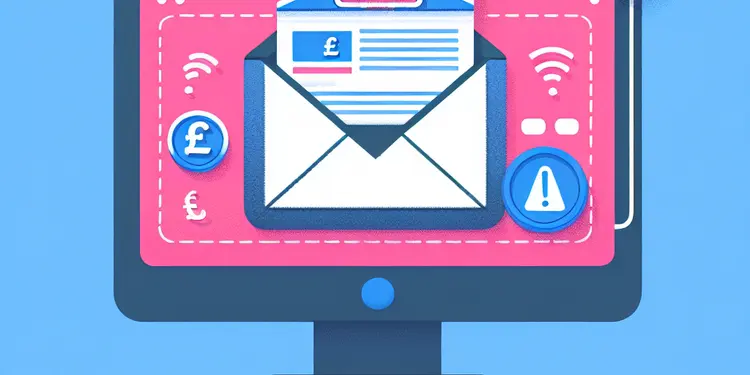
Are unsolicited emails about weight loss drugs a warning sign?
Relevance: 33%
-
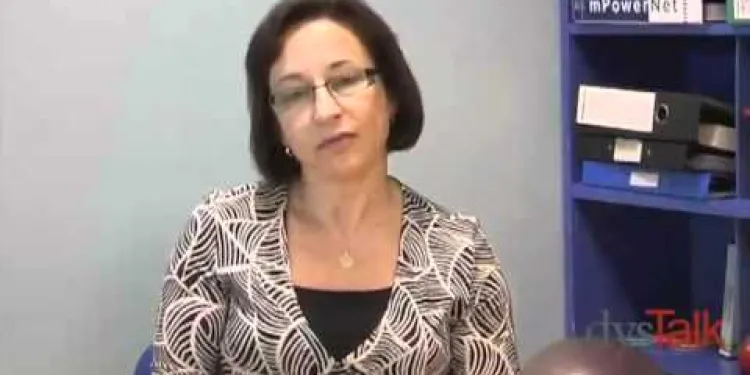
Dyspraxia Children: How to Help
Relevance: 33%
-

When should I seek medical help for impetigo?
Relevance: 32%
-
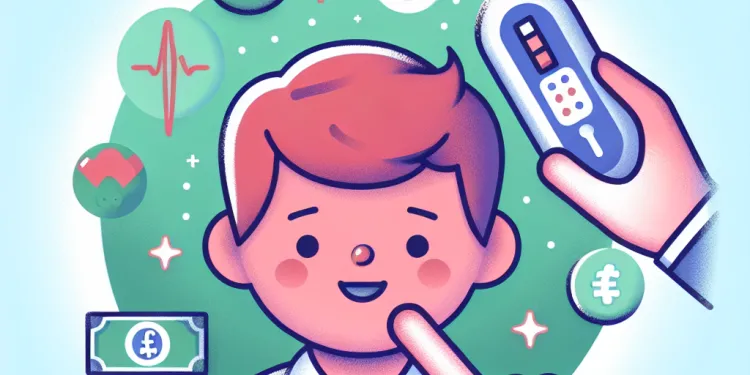
Which medication should be avoided for children with fevers?
Relevance: 32%
-

Can children take the same cold medications as adults?
Relevance: 31%
-

What are the common symptoms of lupus in children?
Relevance: 31%
-
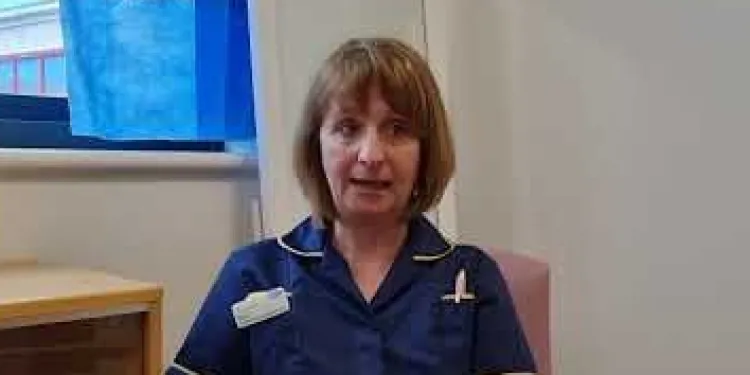
Ovarian cancer - signs and symptoms to look out for
Relevance: 29%
-
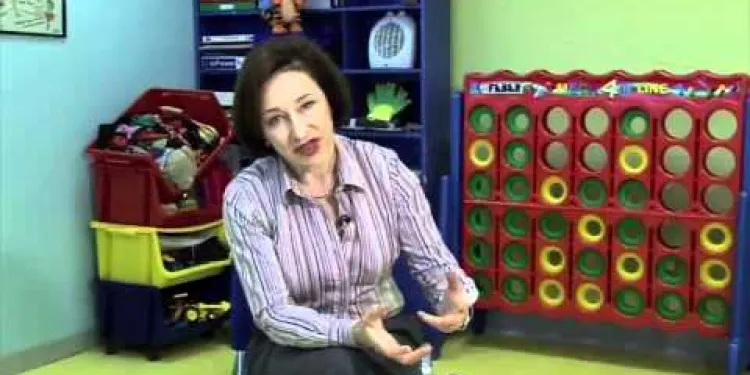
Helping Children With Co-ordination Difficulties
Relevance: 29%
-

What are the warning signs that an elderly person should stop driving?
Relevance: 28%
-
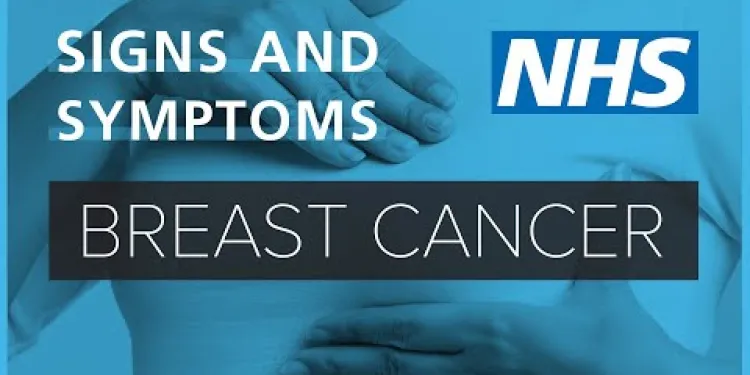
About Breast cancer - signs and symptoms | NHS
Relevance: 28%
-
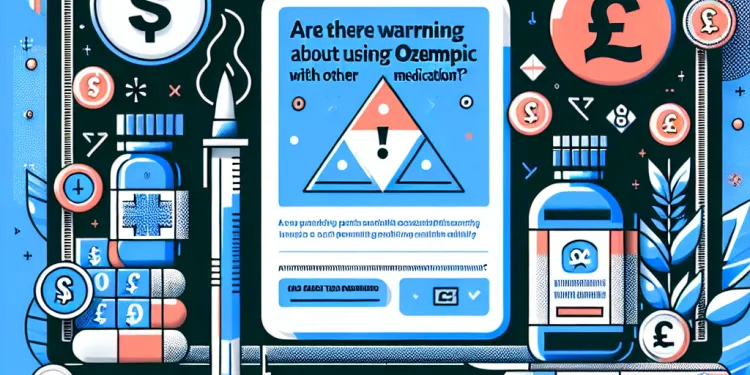
Are there warnings about using Ozempic with other medications?
Relevance: 28%
-

Type 2 diabetes - common signs and symptoms UHL NHS Trust
Relevance: 28%
-
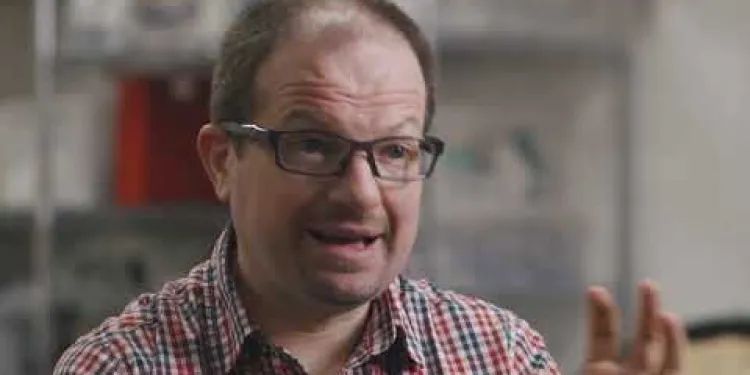
An Introduction to Decompression Illness: Signs & Symptoms”. Dr Roland Armes
Relevance: 28%
-
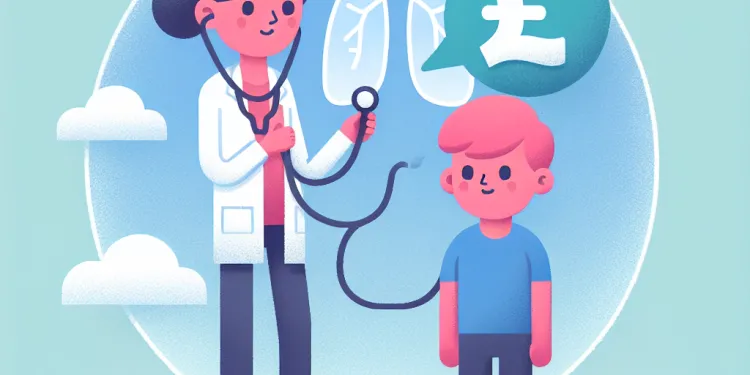
What is lupus in children?
Relevance: 27%
-
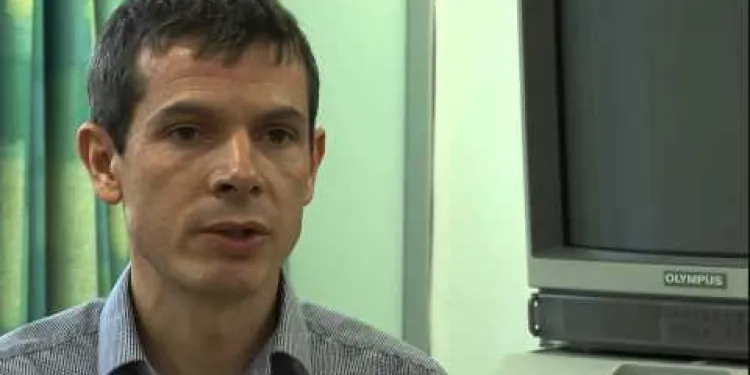
Bowel cancer - Symptoms and signs to look out for
Relevance: 27%
-

What are the signs of meningitis in infants?
Relevance: 27%
-
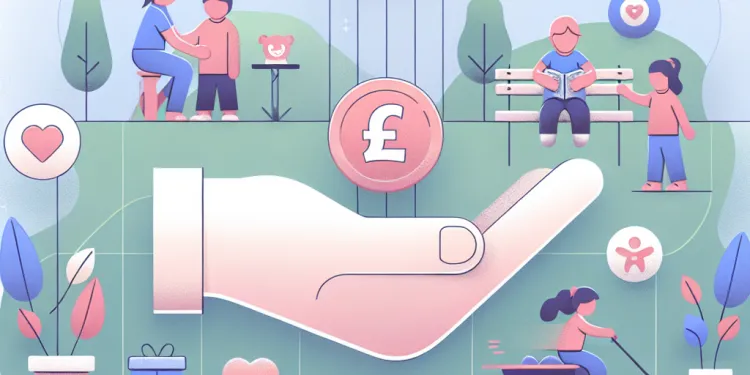
How can early intervention help children with autism?
Relevance: 27%
-

What are the signs of heat exhaustion?
Relevance: 26%
-
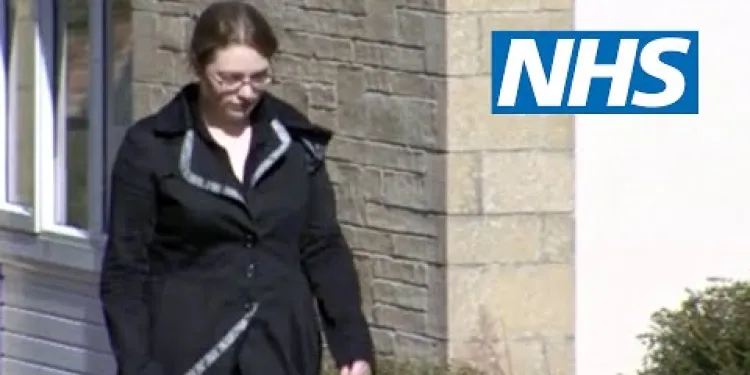
Lupus in children | NHS
Relevance: 26%
-

When should I seek medical advice for norovirus?
Relevance: 26%
-

What are the signs of autism?
Relevance: 25%
-
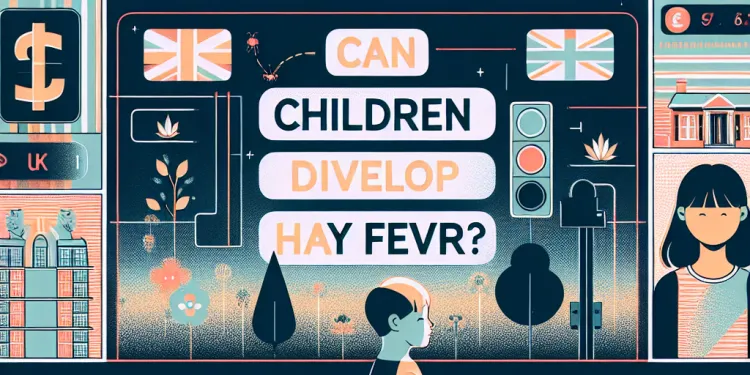
Can children develop hay fever?
Relevance: 25%
-

Experts Warn of Rising Hay Fever Cases as Pollen Counts Surge
Relevance: 24%
-

How can I keep children safe during a heatwave?
Relevance: 24%
-
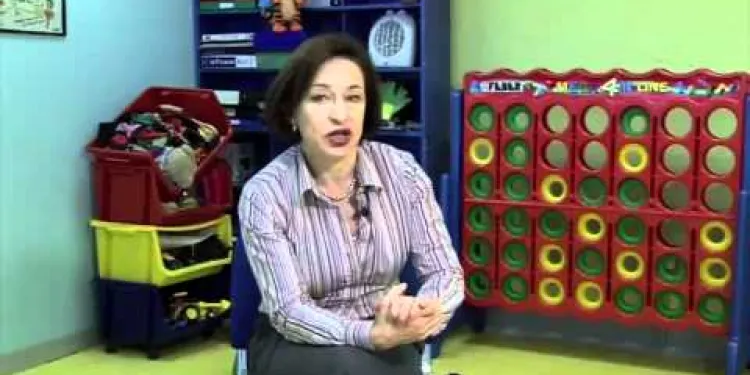
Children With Co-ordination Difficulties and Dyspraxia
Relevance: 24%
-
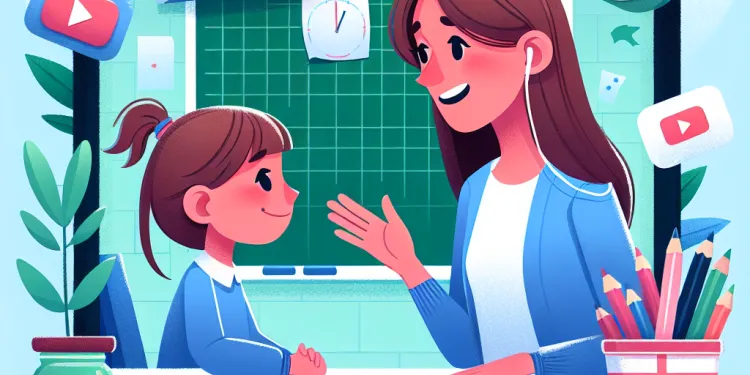
Understanding Mental Health in Children
Relevance: 24%
-
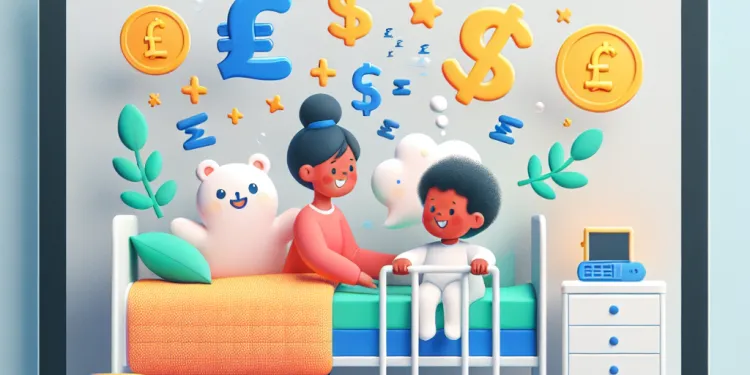
Can children have sleep apnea?
Relevance: 24%
-
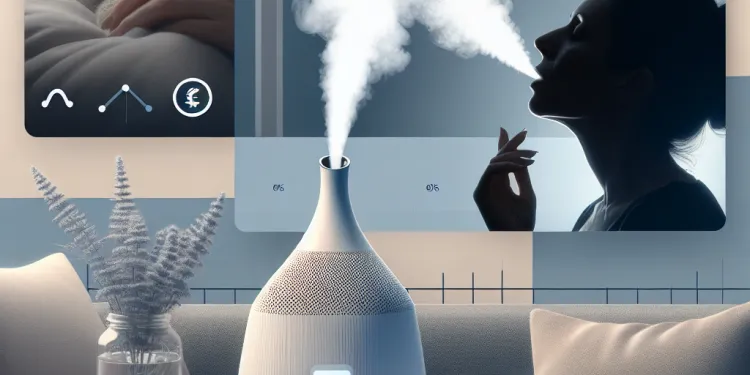
Can I use a humidifier to help with my cold symptoms?
Relevance: 24%
What is Bronchiolitis in Children?
Bronchiolitis is a common respiratory infection that affects the small airways in the lungs, known as bronchioles, in young children and infants. It is usually caused by a viral infection, most commonly the Respiratory Syncytial Virus (RSV). This condition primarily affects children under two years old, with the peak incidence occurring between three to six months of age. Bronchiolitis tends to be more severe during the winter months.
Symptoms of Bronchiolitis
The symptoms of bronchiolitis can range from mild to severe and typically begin with signs similar to a common cold. These symptoms may include:
- Runny or stuffy nose
- Coughing
- Slight fever (not always present)
- Wheezing sounds when breathing
- Difficulty feeding due to shortness of breath
As the infection progresses, the child may exhibit more severe symptoms such as:
- Rapid breathing or difficulty breathing
- Retractions (sucking in of the skin around the ribs and neck while breathing)
- Flaring of the nostrils
- Episodes of stopping breathing (apnoea)
Warning Signs to Watch Out For
It is important to monitor the child closely and identify any warning signs that may indicate the need for medical attention. These warning signs include:
- Signs of dehydration such as dry mouth, crying without tears, sunken eyes, or decreased urine output
- Persistent high fever
- Blue or grey skin colour, especially around the lips and fingernails, indicating a lack of oxygen
- Excessive fatigue or lethargy
- Continuous and severe wheezing or difficulty breathing
When to Seek Medical Help
While mild cases of bronchiolitis can often be managed at home with supportive care, it is crucial to seek medical help if the child exhibits any of the following:
- Severe breathing difficulties, such as rapid or laboured breathing
- Signs of dehydration or inability to retain fluids
- Symptoms that worsen or do not improve over time
- Unresponsiveness or extreme sleepiness
- Any concerns about the child's breathing or overall health
If you are in the United Kingdom, you can contact NHS 111 for advice or visit your nearest Accident & Emergency (A&E) department in cases of severe symptoms. Additionally, consulting with your General Practitioner (GP) can help ensure that your child receives appropriate care and management for bronchiolitis.
What is Bronchiolitis in Children?
Bronchiolitis is a lung infection. It affects small breathing tubes in babies and young children. It is usually caused by a virus called RSV. Most children who get it are under 2 years old. It is most common when a child is 3 to 6 months old. Bronchiolitis is worse in winter.
Symptoms of Bronchiolitis
Bronchiolitis symptoms are like a cold at first. They can be mild or strong. Symptoms may include:
- Runny or stuffy nose
- Coughing
- A slight fever (not always)
- A wheezing sound when breathing
- Trouble feeding because of trouble breathing
If the infection gets worse, the child may have more serious symptoms like:
- Very fast or hard breathing
- The skin moves in and out between the ribs and neck
- Nostrils opening wide when breathing
- Pauses in breathing
Warning Signs to Watch Out For
Watch your child closely for warning signs that mean they need a doctor. These include:
- Dry mouth, crying without tears, sunken eyes, or not peeing enough
- A high fever that doesn’t go away
- Blue or grey skin, especially lips and nails, showing the lack of oxygen
- Very tired or listless
- Strong and constant wheezing or trouble breathing
When to Seek Medical Help
If your child has mild bronchiolitis, you can care for them at home. But see a doctor if they have any of these:
- Very hard breathing, like rapid or struggling breathing
- Signs of not drinking enough or not keeping fluids down
- Symptoms that worsen or don’t get better
- Very sleepy or not responding
- If you are worried about their breathing or health
If you are in the UK, you can call NHS 111 for advice. For serious signs, go to A&E. Also, talk to your family doctor (GP) to make sure your child gets the right care for bronchiolitis.
Frequently Asked Questions
What is bronchiolitis?
Bronchiolitis is a common lung infection in young children and infants, causing inflammation and congestion in the small airways (bronchioles) of the lung.
What are the symptoms of bronchiolitis in children?
Symptoms of bronchiolitis include a runny nose, coughing, wheezing, difficulty breathing, rapid breathing, and sometimes a fever.
What causes bronchiolitis in children?
Bronchiolitis is usually caused by a virus, most commonly the respiratory syncytial virus (RSV). It can also be caused by other viruses, such as the flu or rhinovirus.
How is bronchiolitis diagnosed?
Bronchiolitis is typically diagnosed based on the child's symptoms and a physical examination. In some cases, doctors may use a chest x-ray or a swab of nasal fluid to confirm the diagnosis.
At what age do children commonly get bronchiolitis?
Bronchiolitis most commonly affects infants and children under the age of 2, with the majority of cases occurring in babies between 3 to 6 months old.
How is bronchiolitis treated?
Treatment for bronchiolitis primarily focuses on relieving symptoms. This may include ensuring the child stays hydrated, using a humidifier, and in some cases, administering medication to ease breathing difficulties.
Can bronchiolitis cause long-term damage?
Most children recover fully from bronchiolitis without long-term health issues. However, severe cases requiring intensive care may have a lasting impact on lung function.
When should I seek medical help for bronchiolitis?
You should seek medical help if your child has difficulty breathing, is breathing very quickly, has a bluish tint to their lips or skin, is lethargic, or if their symptoms worsen.
Is bronchiolitis contagious?
Yes, bronchiolitis is contagious and can spread through respiratory droplets when an infected person coughs or sneezes.
Can bronchiolitis be prevented?
Preventing bronchiolitis involves good hygiene practices, such as regular handwashing, avoiding close contact with sick individuals, and keeping surfaces clean. In some cases, doctors may recommend immunoprophylaxis for high-risk infants.
How long does bronchiolitis typically last?
Bronchiolitis usually lasts about 1 to 2 weeks, with most children beginning to feel better after 3 to 5 days. However, the cough may persist for a few weeks.
Are there any complications associated with bronchiolitis?
Complications from bronchiolitis can include dehydration, low oxygen levels (hypoxia), and in severe cases, respiratory failure. Hospitalisation may be necessary for severe cases.
Is bronchiolitis the same as bronchitis?
No, bronchiolitis and bronchitis are different conditions. Bronchiolitis affects the small airways (bronchioles) in the lungs, while bronchitis affects the larger airways (bronchi).
Can bronchiolitis reoccur?
Yes, it's possible for a child to get bronchiolitis more than once, especially if they are exposed to the virus again or if they have chronic respiratory conditions.
What are the risk factors for developing bronchiolitis?
Risk factors include being under 6 months old, being born prematurely, having a weakened immune system or chronic lung conditions, and being exposed to tobacco smoke.
What is bronchiolitis?
Bronchiolitis is a common lung illness in babies. It makes it hard to breathe. It often happens in the winter. Babies might cough, wheeze, and have a runny nose.
If you take care of a baby with bronchiolitis, you can give them plenty of fluids to drink. Use saline nasal drops to clear their nose. A doctor can help if they are having trouble breathing.
Tools that can help: - Use pictures to show what bronchiolitis is. - Read the text out loud or use a speech-to-text tool.
Bronchiolitis is a common lung sickness. It affects little kids and babies. It makes small parts of the lungs swollen and blocked. These parts are called bronchioles.
For more help, try using pictures or videos about bronchiolitis. Audiobooks can also help you understand better.
What signs show a child has bronchiolitis?
Bronchiolitis affects the small breathing tubes in a child’s lungs. Here are some signs to look for:
- Your child is coughing a lot.
- They have trouble breathing or are breathing fast.
- You hear wheezing when they breathe.
- Your child is more tired than usual.
- They don’t want to eat or drink.
If you think your child has bronchiolitis, talk to a doctor. A doctor can help and give advice.
To help your child feel better, you can:
- Give them plenty of water to drink.
- Use a humidifier in their room to make the air moist.
- Keep them away from smoke and dust.
If you are worried or have questions, ask a doctor or nurse. They are there to help you.
If someone has bronchiolitis, they might have:
- A runny nose
- Coughing
- A whistling sound when breathing (this is called wheezing)
- Trouble breathing
- Breathing very fast
- Sometimes a fever
It can help to use simple breathing exercises, keep the person calm, and give them plenty of fluids to drink. If you are worried, talk to a doctor.
What makes bronchiolitis in kids?
Bronchiolitis is a lung illness that makes it hard for little kids to breathe. It happens when tiny tubes in the lungs, called bronchioles, get swollen.
This illness is mostly caused by viruses. The most common virus is called RSV (Respiratory Syncytial Virus). Children usually get this virus in the winter.
Kids who are less than 2 years old are most likely to get bronchiolitis.
It is important to help children wash their hands often. This can help stop them from getting sick.
If a child is having trouble breathing, it is important to visit a doctor.
There are some tools and ways that can help:
- Use simple words to talk to children about being clean and washing hands.
- Look at pictures that show how to wash hands well.
- Make sure kids know they should cover their mouth when they sneeze or cough.
- Use apps or videos to show kids how to stay healthy.
Bronchiolitis is an illness you can get from a virus. A virus is a tiny germ that can make you sick. The most common virus that causes bronchiolitis is called RSV. You can also get bronchiolitis from other viruses like the flu or a cold virus.
If you need help understanding or reading this, you can ask a teacher, parent, or supporter to explain it to you. Sometimes looking at pictures of the viruses can help you understand better.
How do doctors know if someone has bronchiolitis?
Doctors find out if a child has bronchiolitis by looking at how the child is feeling and doing some checks on their body. Sometimes, doctors use a special picture called a chest x-ray. They might also take a tiny bit of snot from the child's nose to be sure.
Here are some tips to help understand this better: - Ask your doctor questions if you don't understand something. - Use pictures or videos about bronchiolitis to learn more. - Write down important things you want to remember.
What age do children usually get bronchiolitis?
Most children get bronchiolitis when they are babies or toddlers. This usually happens before they are 2 years old.
Some tools can help you read:
- Reading Aloud: Listen to someone read the text to you.
- Pictures: Use pictures to understand better.
- Ask Questions: If you don't understand, ask someone for help.
Bronchiolitis is a sickness that mostly affects babies and young children under 2 years old. It happens most often in babies who are 3 to 6 months old.
How do you help someone with bronchiolitis?
Bronchiolitis is a sickness that can make it hard to breathe. Here's how to help: 1. **Rest:** Make sure the person rests a lot. This helps them get better. 2. **Fluids:** Give them lots to drink, like water or juice. Staying hydrated is important. 3. **Cool Air:** Use a cool-mist humidifier. This keeps the air nice and moist, making it easier to breathe. 4. **Medicine:** Sometimes doctors give medicine if it's needed. Always follow what the doctor says. 5. **Doctor Visits:** Visit the doctor if they get worse or don't get better. Helpful Tools: - **Humidifier:** A machine that adds moisture to the air. - **Thermometer:** Check temperature to watch for fever. - **Doctor's Advice:** Always ask a doctor if unsure. These steps can help someone feel better faster.When a child has bronchiolitis, the treatment helps them feel better.
Here's what you can do:
- Make sure the child drinks plenty of water.
- Use a humidifier to keep the air moist.
- If needed, give medicine to help them breathe easier. Talk to a doctor first.
These steps can help your child feel more comfortable. You can also use pictures or videos to show them how to do these things.
Can bronchiolitis cause long-term damage?
Bronchiolitis is a lung illness that makes it hard to breathe. It mostly affects babies and young kids. It makes the tiny air passages in the lungs swell and fill with mucus.
Most kids get better from bronchiolitis without any problems. It usually clears up in 1 to 2 weeks. However, some kids might have a cough or wheezing for a bit longer.
In a few cases, bronchiolitis can lead to breathing problems later. But this is not common. If your child has a lot of breathing troubles, you should talk to a doctor.
Here are some things to help when your child has bronchiolitis:
- Rest: Let your child rest a lot.
- Fluids: Give them lots of water or milk to drink.
- Keep smoke away: Do not smoke near your child.
- See a doctor: If your child is having trouble breathing, see a doctor.
Most children get better from bronchiolitis and do not have any long-term health problems. But if a child gets very sick and needs special care in the hospital, it might affect their lungs for a long time.
When should I go to the doctor for bronchiolitis?
If your child has bronchiolitis, you may need to take them to the doctor. Here are some signs to watch for:
- Your child is having trouble breathing.
- They are breathing very fast.
- Their lips or skin look blue.
- Your child is very tired or sleepy.
- They can't drink or eat properly.
If you see any of these signs, take your child to the doctor right away.
To help understand more, you can use picture cards or ask someone to explain it to you.
Get help from a doctor if your child:
- Has trouble breathing
- Is breathing too fast
- Has blue lips or blue skin
- Is very sleepy or tired
- Gets worse
If you have worries, talk to a doctor or nurse. You can also use pictures to help understand.
Can bronchiolitis spread to other people?
Yes, bronchiolitis can be spread from one person to another. It can happen when someone who is sick coughs or sneezes. This spreads tiny drops of liquid that you can't see, but they can make you sick.
Can we stop bronchiolitis?
To stop bronchiolitis, keep clean. Wash your hands often, stay away from people who are sick, and clean surfaces. Sometimes, doctors might give special medicine to help babies who get sick easily.
How long does bronchiolitis usually last?
Bronchiolitis is a sickness that makes it hard to breathe. It mostly happens to young kids.
Bronchiolitis usually lasts about 1 to 2 weeks. Some kids might feel better sooner or might take a bit longer to get well.
It's a good idea to see a doctor if you're worried. They can help you understand what's happening and how to feel better.
Using a cool mist humidifier and giving plenty of fluids can help your child feel more comfortable while they get better.
Bronchiolitis is a sickness. It lasts 1 to 2 weeks. Most kids start to feel better after 3 to 5 days. The cough might last a few more weeks.
Here are some tips to help:
- Rest a lot.
- Drink plenty of water.
- Ask an adult for help if you need it.
What problems can happen if you have bronchiolitis?
Bronchiolitis is a lung infection. It mostly affects babies and young kids. Sometimes, it can cause other problems. Here are some things to watch for: - **Hard to Breathe:** The child might have trouble breathing. - **Coughing a Lot:** The child might cough a lot and not be able to stop. - **Not Eating or Drinking:** The child might not want to eat or drink. - **Fever:** The child might have a high temperature. If you see these problems, it is important to get help. **Tools to Help:** - Use pictures or drawings to explain. - Read together with the child. - Use simple words and short sentences. Always ask a doctor if you are worried.Bronchiolitis can sometimes cause problems. These problems might be:
- Getting too dry (dehydrated)
- Not enough oxygen in the blood (hypoxia)
- Trouble breathing (respiratory failure)
If it gets very bad, the person might need to go to the hospital.
To help understand better, you can:
- Look at pictures or videos about bronchiolitis.
- Ask a grown-up or a doctor to explain it to you.
- Use apps that can read text out loud.
Are bronchiolitis and bronchitis the same?
No, bronchiolitis and bronchitis are not the same, but they are similar. Both are about breathing and the lungs.
Bronchiolitis:
- It happens mostly in small children.
- It affects tiny tubes in the lungs called bronchioles.
- A virus usually causes bronchiolitis.
Bronchitis:
- It can happen to both children and adults.
- It affects bigger tubes in the lungs called bronchi.
- A virus or bacteria can cause bronchitis.
Tips to help understand:
- Use pictures or drawings to see where bronchioles and bronchi are in the lungs.
- Ask someone to explain any words you do not know.
- Take your time when reading this information.
No, bronchiolitis and bronchitis are not the same. Bronchiolitis affects the tiny parts inside the lungs called bronchioles. Bronchitis affects the bigger parts called bronchi.
Can bronchiolitis come back?
Yes, a child can get bronchiolitis more than once. This can happen if they are around the virus again or if they have a long-term breathing problem.
Here are some tips to help:
- Make sure they wash their hands often.
- Keep them away from sick people.
- Talk to a doctor if you have breathing worries.
What makes you more likely to get bronchiolitis?
Some things can make it easier to get bronchiolitis. These are:
- Being a baby or very young child.
- Being around people who smoke.
- Being born early (premature).
- Having brothers or sisters who go to school or daycare.
- Living in crowded places.
If you want help with understanding, you can:
- Look at pictures or videos about bronchiolitis.
- Ask someone to explain it to you.
- Make a list of questions to ask a doctor.
Things that can make it easier to get sick are:
- If you are less than 6 months old.
- If you were born too early.
- If your body has trouble fighting germs.
- If you have problems with your lungs.
- If you are around people who smoke.
Tools that can help you understand:
- Ask someone to read with you.
- Use pictures to help explain.
- Try reading out loud.
- Use simple words to ask questions.
Useful Links
- Ergsy carfully checks the information in the videos we provide here.
- Videos shown by Youtube after a video has completed, have NOT been reviewed by ERGSY.
- To view, click the arrow in centre of video.
- Most of the videos you find here will have subtitles and/or closed captions available.
- You may need to turn these on, and choose your preferred language.
- Go to the video you'd like to watch.
- If closed captions (CC) are available, settings will be visible on the bottom right of the video player.
- To turn on Captions, click settings .
- To turn off Captions, click settings again.
More Items From Ergsy search
-

What is bronchiolitis in children? The symptoms, warning signs and when to seek medical help
Relevance: 100%
-

Bronchiolitis and chest infections in young children - Prof Steve Turner
Relevance: 57%
-

Bronchiolitis Advice
Relevance: 57%
-

What is RSV (Respiratory Syncytial Virus) or bronchiolitis? UHL NHS Trust
Relevance: 45%
-

5 Warning Signs of Online Grooming
Relevance: 41%
-

7 Warning Signs of Emotional Abuse
Relevance: 39%
-

Dyspraxia Symptoms & Signs
Relevance: 36%
-

What are the warning signs of a potential director dispute?
Relevance: 35%
-

Had a cough for three weeks or more? It could be a warning sign | NHS
Relevance: 34%
-

Heart Attack Symptoms - Help Us Help You | NHS
Relevance: 34%
-

Dyspraxia Symptoms & Signs
Relevance: 34%
-

Leukaemia: What are the signs and symptoms? | NHS
Relevance: 33%
-

Are unsolicited emails about weight loss drugs a warning sign?
Relevance: 33%
-

Dyspraxia Children: How to Help
Relevance: 33%
-

When should I seek medical help for impetigo?
Relevance: 32%
-

Which medication should be avoided for children with fevers?
Relevance: 32%
-

Can children take the same cold medications as adults?
Relevance: 31%
-

What are the common symptoms of lupus in children?
Relevance: 31%
-

Ovarian cancer - signs and symptoms to look out for
Relevance: 29%
-

Helping Children With Co-ordination Difficulties
Relevance: 29%
-

What are the warning signs that an elderly person should stop driving?
Relevance: 28%
-

About Breast cancer - signs and symptoms | NHS
Relevance: 28%
-

Are there warnings about using Ozempic with other medications?
Relevance: 28%
-

Type 2 diabetes - common signs and symptoms UHL NHS Trust
Relevance: 28%
-

An Introduction to Decompression Illness: Signs & Symptoms”. Dr Roland Armes
Relevance: 28%
-

What is lupus in children?
Relevance: 27%
-

Bowel cancer - Symptoms and signs to look out for
Relevance: 27%
-

What are the signs of meningitis in infants?
Relevance: 27%
-

How can early intervention help children with autism?
Relevance: 27%
-

What are the signs of heat exhaustion?
Relevance: 26%
-

Lupus in children | NHS
Relevance: 26%
-

When should I seek medical advice for norovirus?
Relevance: 26%
-

What are the signs of autism?
Relevance: 25%
-

Can children develop hay fever?
Relevance: 25%
-

Experts Warn of Rising Hay Fever Cases as Pollen Counts Surge
Relevance: 24%
-

How can I keep children safe during a heatwave?
Relevance: 24%
-

Children With Co-ordination Difficulties and Dyspraxia
Relevance: 24%
-

Understanding Mental Health in Children
Relevance: 24%
-

Can children have sleep apnea?
Relevance: 24%
-

Can I use a humidifier to help with my cold symptoms?
Relevance: 24%


